Whether you’re building a rifle for law enforcement, military, civilian or tactical competition, the scope magnification requirements will vary.
Law enforcement wouldn’t need anything more than a 6X scope as riflemen aren’t allowed to take a shot further than 100 yards. Most are taken under 70 yards so a scope with 4 to 6 power is more suitable but one with less power in an urban environment is appropriate. The most effective German snipers used 4x scopes in WWII where few had 6x scopes, yet they were taking shots over 600 meters. When you’re able to move in closer to a target, it’s not necessary to go for a high magnification scope.
The requirements for the military are different. While their standard 10x scope is the ideal magnification for target at medium to long range, it’s best suited for 250 to 1000 yards. When shooting under this distance, the 10x scope is more of a disadvantage because the range of view is decreased. If the target moves sideways, it moves out of view. However, it does provide a sufficiently broad view at medium range, giving enough light transmission without adding making the weapon system unwieldly. It provides for a strong and dependable aiming device. At long range, the magnification is not adequate and intensifies the mirage but a 20x scope can cause the view of the target to fade in the mirage making it impossible to hit. So, the lower the magnification, the less this has an effect.
In tactical shooting competitions, using variable scopes such as a 10x, 4x or 6x would work well. Additionally, there is less pressure and stress than with military and law enforcement and there are not life-threatening consequences on being able to range a target or have a perfect field of view. For competition shooting, any magnification from 3x to 10x would work, unless shooting at extremely long distances.
For the casual shooter or collector, the focus is collecting rifles for historical value and sometimes using them in competitions or for going on the odd hunt. In this case, any power scope that’s standard for the rifle can be used. Fitting a 10x scope in this case is appropriate unless you need to hit a moving target at close range. The magnification is then a problem that impedes the field of view.
Next is considering fixed versus variable power. A fixed power scope for a military shooter is the correct choice because they need to perform in stressful situations having to consider a myriad of factors simultaneously, ranging targets, ballistic tables, windage, and noise while pinpointing moving targets. Therefore, having the added effort of remembering the power scope setting isn’t practical. The mil-dot reticle is usually set for accuracy on the highest power. If a wider field of view is needed at short range and the scope is dialled down, it’s possible to forget resetting it for a sudden long-range target. While the Army may consider a variable scope for engaging more in urban terrains, there would need to be a lot of training adjustments to adopt using this type of scope. An alternative would be a fixed power scope that has less magnification. For a sniper, a 6x or a 4x would be more suited to an urban environment, and maybe even less power. Perhaps two scopes for the military, one for urban and one for the battlefield.
Variable scopes have a justifiable objective for law enforcement and civilian use on reasonable power. While hunters or specifically beginner shooters get carried away by dialing up to the max, the chances of missing their moving target are highly likely as the target moves out of sight quickly. Law enforcement will experience the same problem when using a 10x scope at 100 yards. Generally, a deer is shot at between 25 to 40 yards and a running criminal is usually targeted at 50 and 75 yards. So, having a 9x scope for a 60 or 100-yard shot isn’t feasible. A lower powered scope providing a wider field of view would work much better.
Lastly, is the objective size. On the most part, anything larger than 40mm, or 42mm is suitable for a quality scope that’s used for any purpose. Having a large objective bell can be a disadvantage as it forces the shooter’s head too high on an unmodified stock with no reasonable or repeatable cheek weld. As an example, take the AR15A2 with a scope that requires using your chin on top of the stock to be able to see through the scope. Unless a high-rise cheek piece is mounted, it won’t offer consistent results which is unacceptable for sniping or hunting. For more accuracy, mounting the scope lower to the axis bore yields better results.
Offering very large objectives with claims of high light transmission and less eye strain is questionable as the eye can only absorb so much light. A quality scope with a smaller objective can provide enough light. Why would a shooter need more light? Police officers will likely have ambient lighting or even night vision. Civilian shooters and hunters have a selection of scopes on the market that provide exceptional low-light clarity under 40mm lenses, which is an advantage to low power. Essentially, the lower the power, the higher the light transmission. Objective size is not as important as the quality of glass.
In summary, when using a long-range scope without the need to consistently hit targets below 200 yards, a fixed power 10x scope is ideal as it provides a lot of vertical adjustment. This is the same for a varmint hunter or tactical competition shooting. For hunter and law enforcement, opting for a low magnification scope is the perfect case as a 120 MOA of elevation isn’t necessary. Once zeroed, it’s highly likely that the turrets won’t need to be moved a few inches either way. Simply put, if the zero windage adjustment is required for an 80-yard head shot in a 20 mile per hour wind. Choose wisely and don’t make purchasing decisions based on hype.

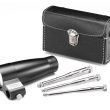
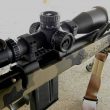
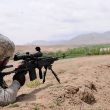
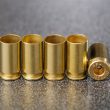
![Best .30-30 Scopes For Lever Action Rifles [And Mounts]](https://www.snipercountry.com/wp-content/uploads/2018/06/Best-.30-30-Scopes-For-Lever-Action-Rifles-And-Mounts.jpg)
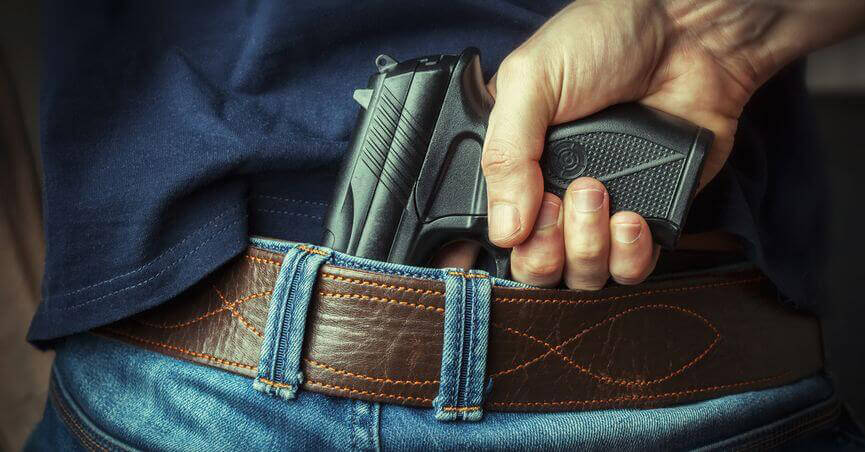
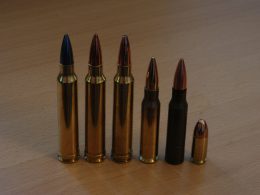

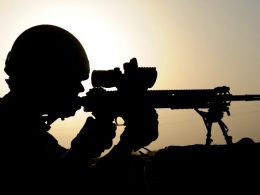
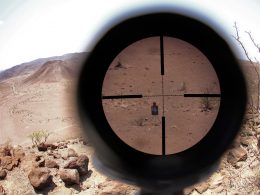

Really liked where you went with this article, something I have been saying for years (like last 30 years) as a LE Sniper. You are close to right on LE Snipers, average range 52 yards, longest single aimed shot was (don’t know if this still longest single aimed) 234 yards, non hostage, in Oct. 2010 by Deputy Sheriff in Henderson County Texas (look at Texas Monthly magazine article January 2011 “Rich Man Poor Man”). Only bring up this longest shot because rural LE Officers can sometimes be faced with longer than normal shots like Ector County Texas, Sept. 2010, about 600 yards but SO sniper actually hit by ricochet from suspect before sniper could fire. I actually carry two rifles; FN Patrol Bolt Action 308 w/20 inch barrel with Weaver 1-5X Tactical and also a Remington 700P 308 w/26 inch barrel in Accuracy International Chassis with 3-15X Weaver Tactical non-illuminated reticle, both scopes are FFP. I work county that has both rural environment and urban so I feel this is best fit for me. Both of my rifles are zeroed for 100 yards. The Weaver Tactical’s have worked well for me on both rifles, just wish the 3-15X had 42mm objective. I know scope used in Henderson County was Leupold Mark 4 10X40 M1 and worked very well on a Remington 700P in 308, weather was partly cloudy and was late afternoon, so light was good.
I want to get into long-distance shooting I found a gun range that has 600 to 1000 yards for practicing I have hey seven Remington mag with the With the 4 x 16 scope on it I’ve always wanted to do long distance shooting is a 700 Remington mag good for long distance shooting in what round would be good in this rifle I have military background And have been shooting all of my life I started when I was 13 hunting with my dad and got more interested into shooting when I joined the service I just don’t know how to figure out the windage and what else involved Into shooting long distance please I would like to get more information on this
I also wanted to point out from a LE snipers perspective about magnification. As a LE sniper I can say that probably 98% of our time on a call out when behind the rifle is observation. We become the eyes for Tactical Commander, so higher magnification can be a real asset in intelligence gathering. I understand that binoculars and spotting scope can be used in this role but realistically on a call out the LE sniper will be behind his or her rifle and not all agencies have enough personnel to put a spotter with sniper to help with the intelligence gathering. This is where good variable can be real asset to pickup information that might be very helpful to entry team.
It’s nice to have an informed, experienced, educated opinion rather than the usual keyboard experts that critique service members from the recliner!